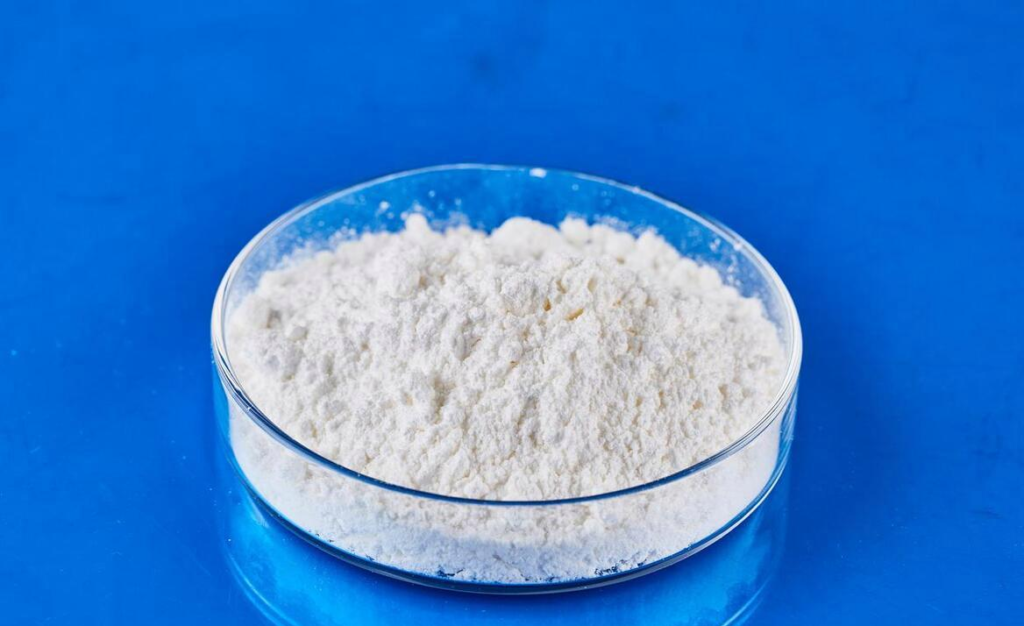Hebei Messi Biology Co., Ltd. stated that adding magnesium oxide to microcrystalline glass can adjust the crystallization temperature of glass. At low temperatures, it can alleviate the decrease in glass viscosity, and at high temperatures, it can accelerate the increase in viscosity.
Excessive iron and chloride in magnesium oxide will affect the color of glass. Under high temperature conditions, magnesium increases the viscosity, while calcium reduces the viscosity.

The effect of magnesium oxide on viscosity is similar to its effect on melting temperature. Under low temperature conditions, the introduction of magnesium oxide can increase the viscosity of glaze and microcrystalline glass; under high temperature conditions, the introduction of magnesium oxide will reduce the viscosity of glaze and microcrystalline glass. However, the effect of magnesium oxide on reducing viscosity will slow down with the increase in the amount of addition, and will increase viscosity when it exceeds a certain amount.
Similar to calcium oxide, magnesium oxide has a dual effect on melting temperature. On the one hand, magnesium oxide can increase the initial melting temperature of glaze and microcrystalline glass. On the other hand, magnesium oxide can significantly reduce the melting temperature under high temperature conditions. However, this effect of reducing melting temperature will gradually weaken with the increase in the amount of magnesium oxide added. At the same time, if the amount of addition is continued to increase until it exceeds a certain value, the melting temperature will gradually increase.
Compared with barium oxide and calcium oxide, replacing them with magnesium oxide will reduce the thermal expansion coefficient, but the reduction is relatively small.
Compared with zinc oxide, replacing them with magnesium oxide will increase the thermal expansion coefficient of glazes and microcrystalline glass. Therefore, if the thermal expansion coefficient of glazes and microcrystalline glass needs to be reduced, raw materials mainly containing silicon dioxide and boron oxide should be selected first.
Magnesium oxide can greatly increase the surface tension of glazes and microcrystalline glass. In this regard, no other element can match magnesium oxide. It must be kept in mind that magnesium oxide has the effect of significantly increasing the surface tension of glazes and microcrystalline glass, which will become an important idea for knowing the research formula.
